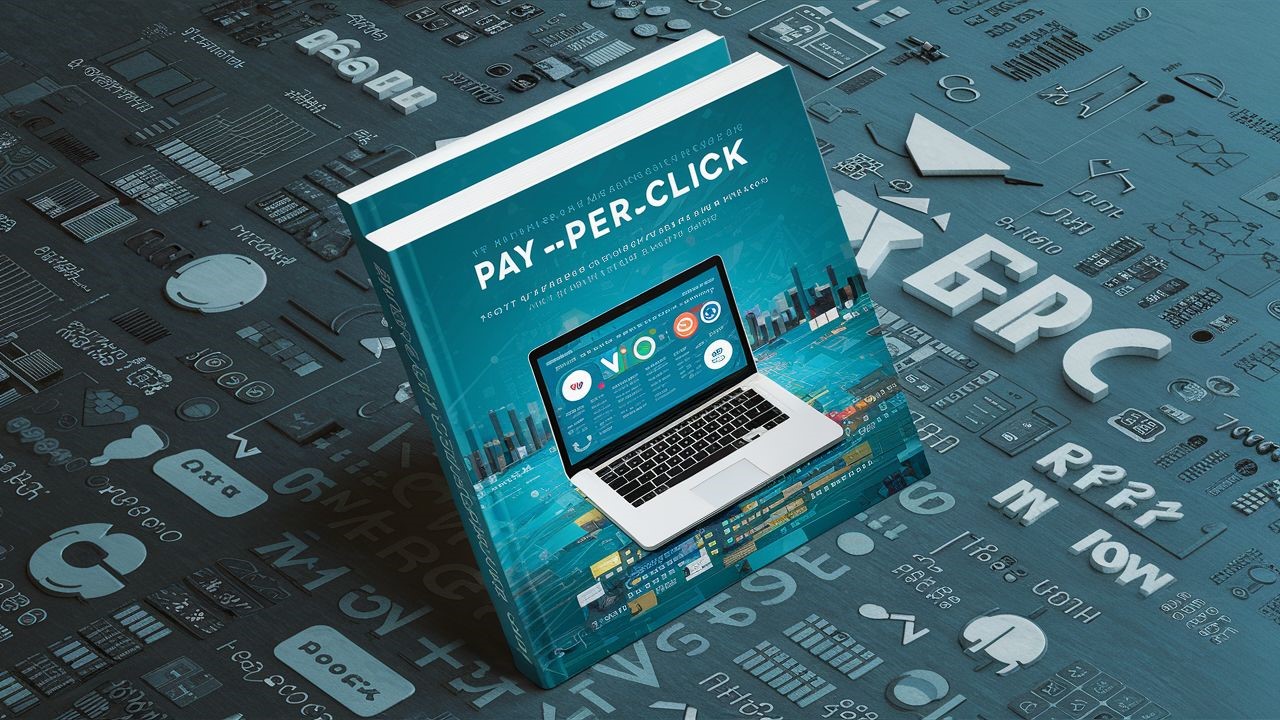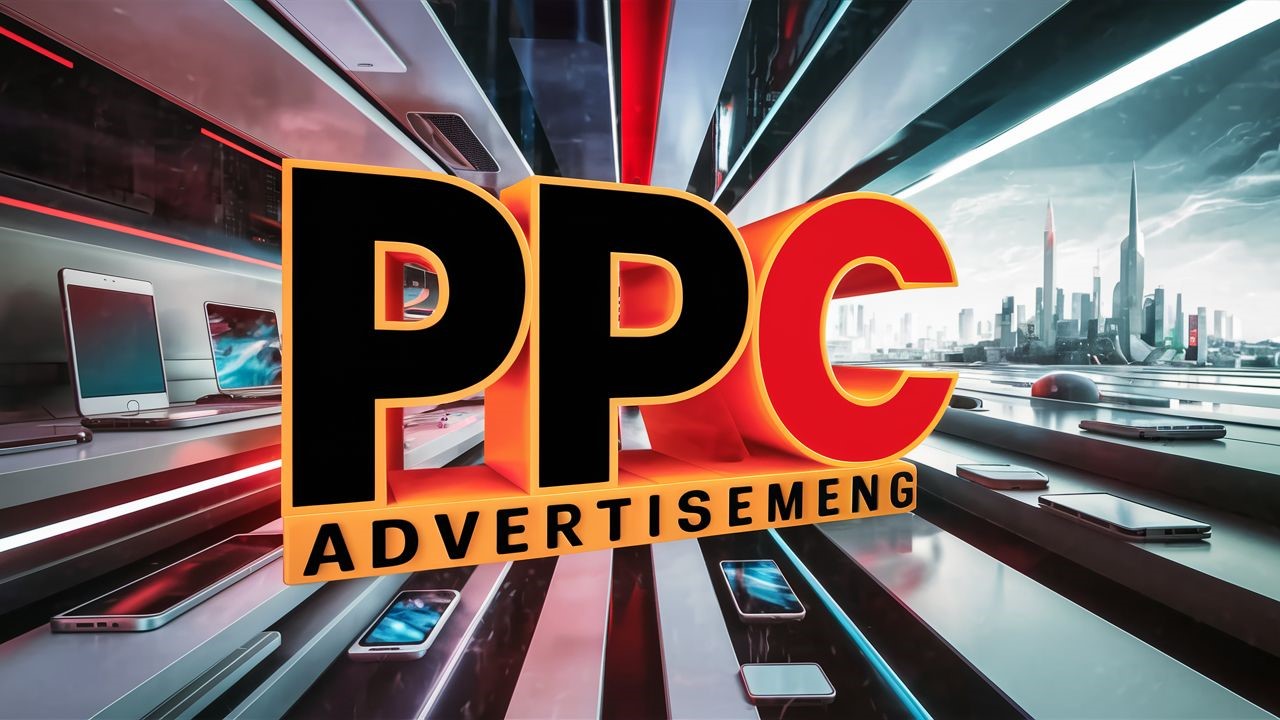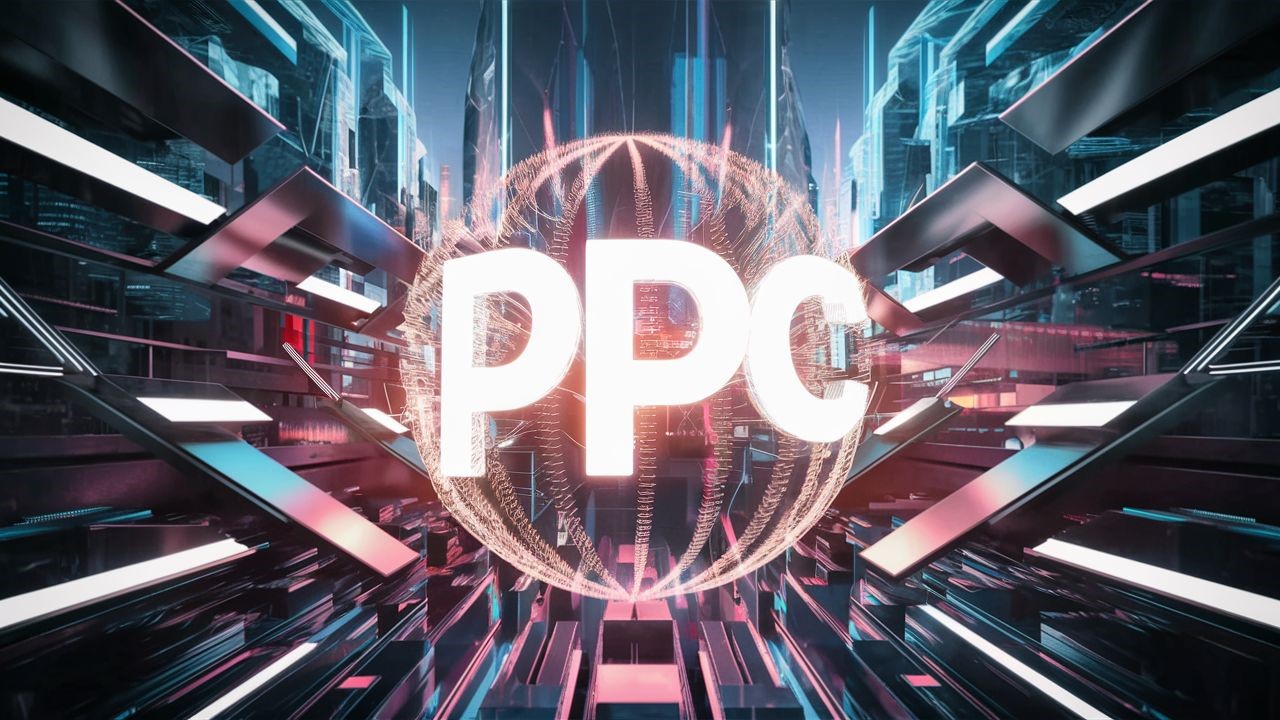In the dynamic landscape of digital marketing, Pay-Per-Click (PPC) advertising has emerged as a powerhouse for enhancing return on investment (ROI). This comprehensive guide will navigate you through the intricacies of PPC advertising for digital marketing ROI, shedding light on strategies, best practices, and real-world examples to maximize your campaign effectiveness.
I. Understanding the Basics of PPC Advertising for Digital Marketing ROI
1.1 What is PPC Advertising?
PPC advertising is a model where advertisers pay a fee each time their ad is clicked. It's a vital component of digital marketing, offering instant visibility and a targeted approach to reach potential customers.
1.2 How PPC Contributes to Digital Marketing ROI
By focusing on targeted keywords and demographics, PPC allows businesses to connect with their ideal audience, leading to higher conversion rates and, consequently, an improved ROI.
II. Key Elements of Successful PPC Campaigns
2.1 Keyword Research and Optimization
Effective PPC advertising for digital marketing ROI begins with thorough keyword research. Identify high-performing keywords relevant to your business, products, or services to ensure your ads reach the right audience.
Example: For a fitness apparel brand, targeting keywords like "performance activewear" or "premium workout gear" can attract fitness enthusiasts seeking quality products.
2.2 Compelling Ad Copy and Creatives
Crafting engaging ad copy and visuals is crucial for grabbing attention and enticing clicks. Tailor your message to resonate with your target audience, showcasing the unique value propositions of your offerings.
Example: An online shoe retailer might highlight features like "Free Shipping" or "Limited-Time Discounts" to entice potential customers
2.3 Landing Page Optimization
Once a user clicks on your ad, the landing page experience plays a pivotal role. Ensure your landing pages are user-friendly, relevant, and optimized for conversions, leading to a seamless customer journey.
Example: If your PPC ad promotes a specific product, direct users to a landing page dedicated to that product with a clear call-to-action (CTA).
III. Targeting Strategies to Enhance PPC Advertising for Digital Marketing ROI
3.1 Demographic Targeting
Refine your audience targeting by demographics such as age, gender, location, and interests. This ensures your ads reach the most relevant audience segments, increasing the likelihood of conversions.
Example: A travel agency might target ads for luxurious vacations to an audience in higher-income brackets or retirees.
3.2 Remarketing Campaigns
Re-engage with users who have previously visited your website but didn't convert. Implementing remarketing campaigns can highly effect PPC advertising for digital marketing ROI and keeps your brand top-of-mind, encouraging users to return and complete their desired actions.
Example: An e-commerce site could showcase personalized ads to users who viewed specific products, reminding them of items left in their shopping carts.
IV. Analyzing and Optimizing PPC Campaigns for Maximum ROI
4.1 Monitoring Key Performance Indicators (KPIs)
Regularly track essential metrics such as click-through rate (CTR), conversion rate, and cost per conversion. Analyzing these KPIs provides insights into campaign performance and areas for improvement.
Example: If a PPC campaign for a software company shows a high CTR but low conversion rate, it may indicate a need to optimize the landing page or reassess the ad messaging.
4.2 A/B Testing for Continuous Improvement
Experiment with different ad variations, headlines, and calls-to-action through A/B testing. This iterative process helps identify the most effective elements for driving conversions and maximizing PPC advertising for digital marketing ROI.
Example: A digital marketing agency might test two versions of an ad headline—one focusing on affordability and the other on expertise—to determine which resonates better with the target audience.
V. Budget Management and ROI Calculation
5.1 Setting Realistic Budgets
Establishing a realistic budget is essential for achieving a positive ROI. Allocate funds strategically, considering the competitiveness of keywords, campaign goals, and the overall marketing strategy.
Example: A startup in a competitive industry might start with a modest budget and gradually increase it as they observe positive ROI trends.
5.2 Calculating ROI from PPC Advertising
To measure the success of your PPC campaigns, calculate ROI by subtracting the total costs from the total revenue generated through PPC. This formula provides a clear picture of the return on investment and guides future budgeting decisions.
Example: If a campaign generates $10,000 in revenue with $2,000 in ad spend, the ROI is calculated as (10,000 - 2,000) / 2,000 * 100 = 400%.
Conclusion
Mastering PPC advertising for digital marketing ROI involves a strategic blend of keyword optimization, compelling creatives, precise targeting, and continuous analysis. By implementing the insights from this ultimate guide, you can supercharge your PPC advertising for digital marketing ROI, ensuring a substantial return on your digital marketing investment. Stay agile, adapt to trends, and watch your ROI soar in the competitive world of online advertising.










